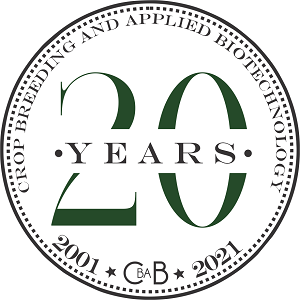Open Access
Crop Breeding and Applied Biotechnology
Publicação de: Crop Breeding and Applied Biotechnology
Área:
Ciências Agrárias
Versão impressa ISSN:
1518-7853
Versão on-line ISSN: 1984-7033
